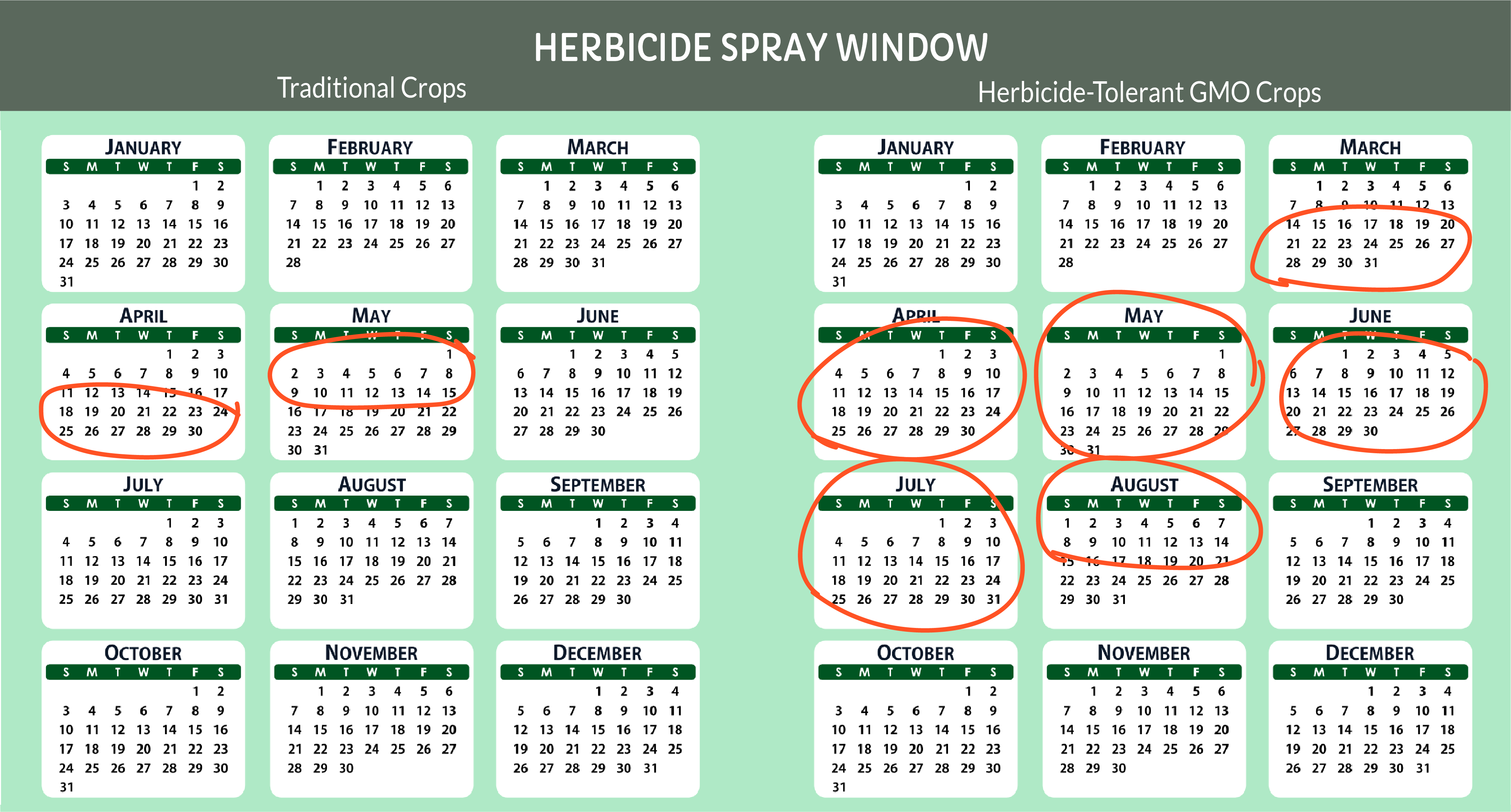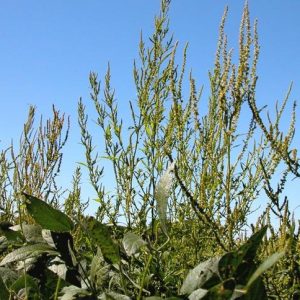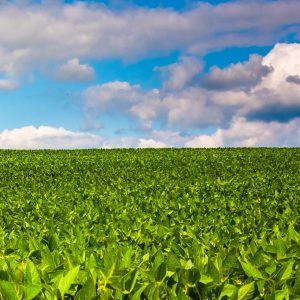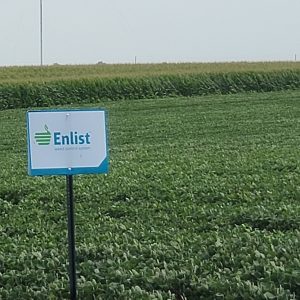What are pesticides?
A “pesticide” is a substance that kills, repels or otherwise controls pests. Herbicides that control weeds and other unwanted vegetation are considered pesticides, as are insecticides that kill a variety of insects, and compounds used to control mice and rats. Fungicides that prevent the growth of plant viruses, molds and mildew, and disinfectants that prevent the spread of bacteria are also pesticides.
Both conventional and organic farmers use a variety of pesticides to help protect their crops and enhance production. Certified organic farmers can only use a limited selection of natural pesticides approved for organic agriculture, while conventional farmers often use a variety of synthetic chemical pesticides. The Environmental Protection Agency has registered over 16,500 compounds as pesticides.
Pest management is one of the most complex, expensive, and consequential aspects of life on the farm. How a farmer chooses to control pests on his or her land impacts everything from farm profits to the health of soil, water quality, biodiversity, farmworker health, and pollinators.
Because of the widespread use of pesticides in farming, people are commonly exposed to pesticide residues through the food they eat and water they drink. Some volatile pesticides also can move with the wind, adding inhalation as another possible route of exposure.

American farmers rely on pesticides now more than ever. How did we get here?
The Green Revolution of the Fifties and Sixties ushered in new crop varieties bred to produce higher yields and led to a rise in the use of chemical fertilizers and pesticides around the world, including on American farms.
Farmer reliance on herbicides has, in particular, risen sharply since the mid-1990s has a result of the introduction of glyphosate-tolerant cotton, soybean, and corn varieties. Producers planting these genetically modified organisms, or GMOs, could spray a glyphosate-based herbicide, such as Monsanto’s Roundup, right over the top of the growing crops. The weeds would die, but the genetically altered crops would not.
Farmers no longer had to limit when they sprayed their fields with glyphosate-based herbicides (GBHs) to before crops germinated. Many embraced the “Roundup Ready” system because it turned one of the most challenging tasks every year — controlling weeds — into one of the easiest.
Close to 90% of the corn and soybeans now planted in the Heartland are herbicide-tolerant. Other herbicide-tolerant crops were brought to market including canola, sugar beets, and alfalfa.

Herbicide-tolerant technology worked well for farmers initially, but after a few years of continuous use, shifts in weed communities began. First, some weeds became tolerant of glyphosate, and so farmers had to increase rates of application and make a second or third application. After another few years, some weeds fully resistant to glyphosate began emerging, and then rapidly spread.
This is why herbicide-tolerant technology drew farmers onto the herbicide-use treadmill. The more they sprayed, the faster resistant weeds became a problem, requiring farmers to spray even more herbicides. This dynamic is ongoing throughout the Heartland and continues to drive upward overall herbicide use, costs, and adverse environmental and human health impacts.
For more than a decade, academic weed scientists have been expecting, witnessing, and trying to help farmers manage so-called “superweeds”. But still, most conventional corn, soybean, and cotton farmers continue to rely on herbicide-tolerant crops, including next-gen varieties bred to tolerate multiple herbicides.
“We are at the brink of a weed-management system reckoning that, if poorly managed, could cause the most serious crisis in US agriculture since the Dust Bowl.” -Dr. Charles Benbrook
More on Pesticides
Pest Resistance
Overuse of pesticides has led to an increase in insects and weeds resistant to the chemicals used to control them.
Impacts of GMO Crops
Monsanto and other companies told farmers that herbicide-tolerant, GMO crops would reduce their need for pesticides, but something else happened instead…
Next-Gen Pesticides
With weed resistance on the rise, ag biotech companies are turning towards more complex mixtures of herbicides. And so, the next-gen GMO crops can tolerate multiple herbicides.



